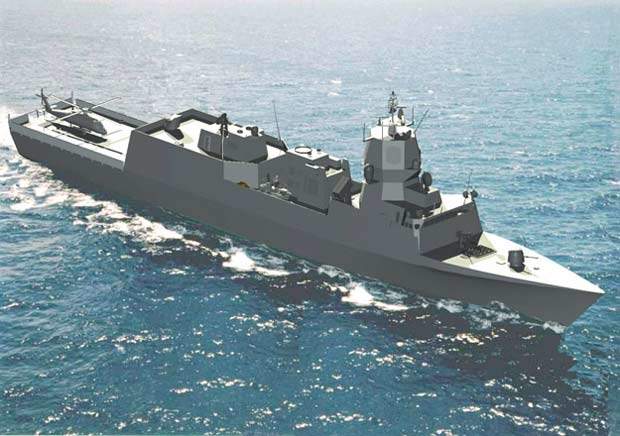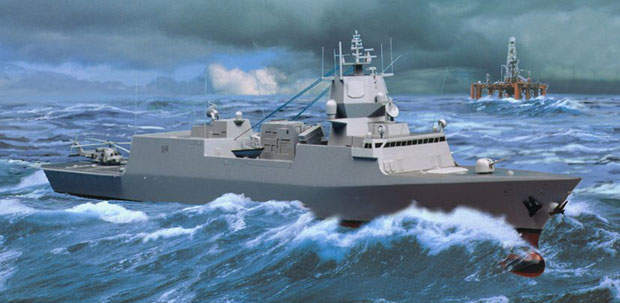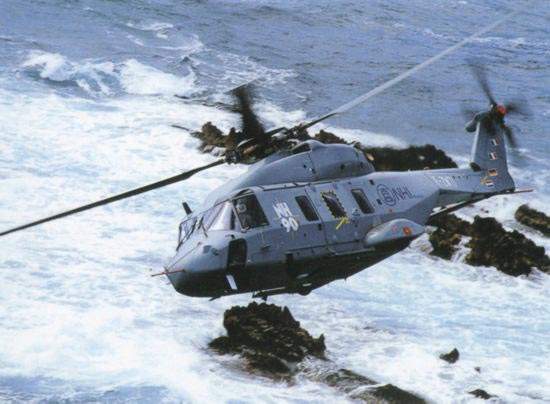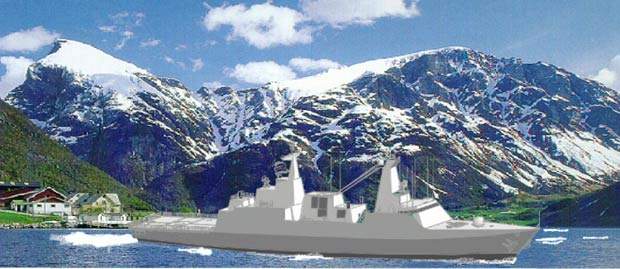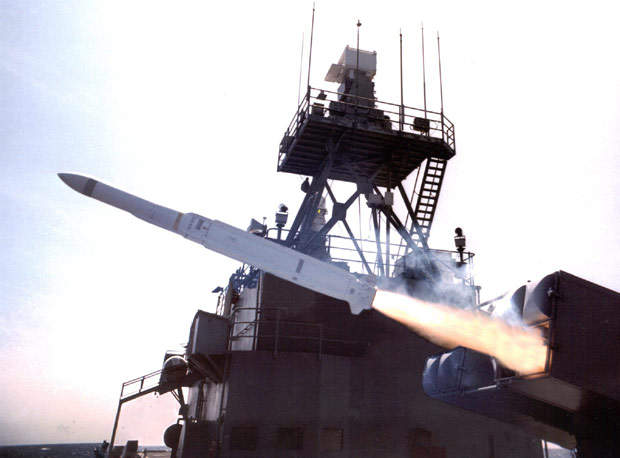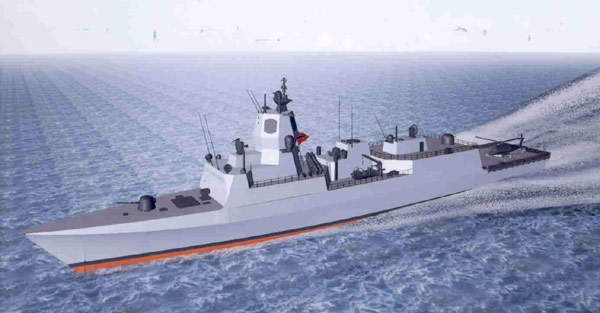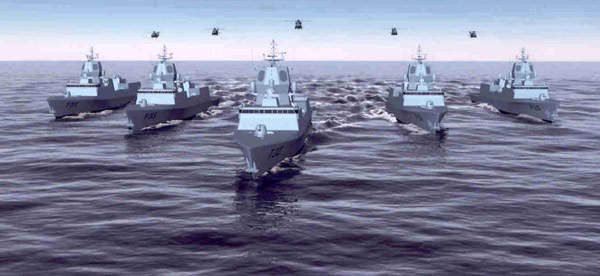The five Nansen Class anti-submarine warfare frigates were built by Navantia of Spain for the Norwegian Navy. The vessels are: HNoMS Fridtjof Nansen (F 310), Roald Amundsen (F 311), Otto Sverdrup (F 312), Helge Ingstad (F 313) and Thor Heyerdahl (F 314).
The first vessel was launched from Navantia’s Ferrol shipyard in June 2004. Sea trials of the Nansen with the Aegis weapon system and the new SPY-1F radar began in October 2005. The Nansen was commissioned in Ferrol in April 2006 and arrived in Oslo, Norway in June 2006.
Launch of the second, Roald Amundsen, was in May 2005 and it was commissioned in May 2007. The Otto Sverdrup (F 312) was launched in May 2006 and commissioned in April 2008. Helge Ingstad (F 313) was launched in November 2007 and commissioned in September 2009.
The last ship, Thor Heyerdahl (F 314), was launched in February 2009 and commissioned in January 2011. The Nansen Class replace Oslo Class vessels in service since 1966.
The main contractor is Navantia (formerly Izar) of Spain and the Aegis weapon systems integrator is the US company, Lockheed Martin. The vessels are of modular construction and the completion of the first module of the hull (‘keel-stretching’) of the Fridtjof Nansen took place in April 2003. Lockheed Martin delivered the first Aegis system in December 2003.
The main mission of the frigate is anti-submarine warfare and the ship is equipped to detect, identify, track, engage and attack hostile submarines.
The ship is also equipped for anti-air warfare and anti-surface warfare roles and can carry out non-combatant tasks in peacetime. The ship houses a medical facility.
Nansen Class frigate design
The 4,600t ship has five decks and two superstructures. The welded steel, 132m monohull has 13 watertight compartments for enhanced survivability. The hull design is optimised for stability, sea-keeping and manoeuvrability and the hull appendages and propellers are designed for low hydrodynamic noise.
The ship has a CODAG propulsion plant which gives a maximum transit speed of 27kt.
NH90 ASW helicopter
The ship has a helicopter landing deck and hangar which can support one medium-sized helicopter. Six AgustaWestland Lynx helicopters operated by the Norwegian Air Force are to be replaced by the NH Industries NH90 ASW helicopter on order for the Royal Norwegian Navy.
The NH90, to be deployed on the Nansen frigates, will have Thales Underwater Systems’ flash sonics dipping sonar system and anti-submarine torpedoes.
AEGIS command and control combat aircraft
The integrated weapons system from Lockheed Martin is based on the Aegis combat system from Lockheed Martin and anti surface and MSI 2005F anti-submarine warfare systems from Kongsberg Defence and Aerospace.
The Aegis combat system for the Nansen is based on the Spy-1F multifunction phased array radar, a scaled version of the AN/SPY-1D in service on US Navy Aegis cruisers and destroyers. It provides missile and gun fire control functions, simultaneous multiple target tracking, volume radar search and horizon search.
The phased array radar provides instantaneous beam steering which gives the advantage of vast reaction time against airborne threats.
Aegis uses two slave illuminators to provide terminal flight guidance for the evolved Sea Sparrow missile. A Sagem Vigy 20 electro-optical and infrared tracker provides passive target
tracking.
Thales was awarded a contract in January 2009 to supply a new SATCOM system for the Nansen frigates, based on the Thales SURFSAT.
Nansen Class frigate weapons systems
The ship is armed with two modules each with four launch tubes for the NSM (naval strike missile) long-range anti-ship missile, developed by Kongsberg Defence & Aerospace for the Royal Norwegian Navy. NSM has inertial navigation mid-course guidance with GPS and an imaging infrared terminal seeker. It has a 125kg multi-purpose warhead and a range of 160km. NSM was cleared for series production in June 2007.
An eight-cell mk41 vertical launch system for the evolved Sea Sparrow missile (ESSM) has the capacity for 32 missiles, four per cell. ESSM has been developed by Raytheon with an international co-operative of ten NATO countries and is designed to counter high-speed anti-ship missiles. It has the same semi-active radar guidance and warhead as the Seasparrow but has a new rocket motor and tail control to provide increased speed, range and manoeuvrability.
The ship has two twin magazine torpedo launchers for BAE Systems Stingray lightweight torpedoes. One Oto Melara SuperRapid 76mm gun has a rate of fire of 120 rounds a minute.
ASW sensor suite
Thales Underwater Systems is prime contractor for the sonar suite with Simrad as a subcontractor. The suite includes the advanced CAPTAS mk2 V1 Combined Active / Passive Towed Array Sonar and the Spherion MRS 2000 hull-mounted sonar providing anti-submarine detection at short, medium and long ranges.
CAPTAS mk2 V1 includes a low-frequency active towed body, which uses free flooded ring (FFR) technology for transmission, providing a high source level in a compact array. The system has a triplet linear towed receiver array, which provides high definition left / right ambiguity resolution.
Sonobuoys can also be deployed.
Reutech Radar Systems RSR210N X-band 2D pulse Doppler radar is fitted for helicopter control and surveillance, under a contract awarded in December 2007.
Electronic warfare systems and countermeasures
The electronic warfare suite includes the CS-3701 tactical radar surveillance system (TRSS) from EDO Reconnaissance & Surveillance Systems (formerly Condor Systems Inc). CS-3701 combines precision electronic support measures (ESM) and radar warning receiver (RWR) functions.
A Terma DL-12T decoy launcher dispenses infrared, radar and acoustic decoys. In March 2005, QinetiQ was awarded the contract to supply the LOKI acoustic torpedo countermeasures, to be deployed from the DL-12T launcher. Deliveries of LOKI to the Royal Norwegian Navy began in December 2007.
Integrated communications control system
The ship’s internal and external communications are managed by an integrated communications control system from Aeromarine. The communications suite includes tactical data link, link 11, prepared for link 16/22 and for SHF and UHF military satellite communications.
CODAG propulsion plant
The propulsion plant is in a CODAG combined diesel and gas turbine configuration, with two Izar Bravo 12V 4.5MW propulsion diesel engines and a GE LM 2500 19.2MW gas turbine.
A retractable 1MW electric bow thruster provides precise manoeuvrability when the ship is in confined areas. The bow thruster can be used as an auxiliary propulsion unit in an emergency if the main propulsion system is compromised.
The propulsion system gives a maximum speed of more than 26kt and a cruise speed of more than 18kt. The ship has two shafts with controllable pitch propellers, two rudders and a pair of active stabilising fins.
The ship’s diesel generators are four NTU 396 Series 12V 900kW.

